In the grand theater of nature, evolution has painted some of its most fascinating masterpieces on the canvas of animal anatomy. Among these masterpieces are the remarkable “fake eyes” or eyespots found on a variety of creatures. These curious markings, which resemble eyes, have captivated scientists and nature enthusiasts alike. But why do these fake eyes exist, and how do they benefit the animals that bear them? Let’s dive into this intriguing evolutionary phenomenon to uncover the secrets behind these lifesaving illusions.
The Mystery of Eyespots in Nature
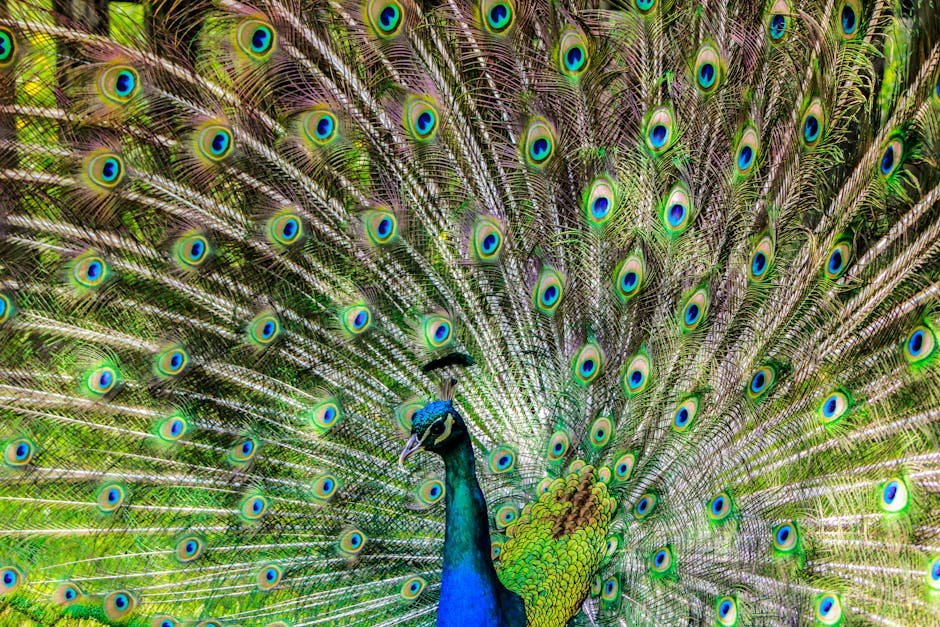
Eyespots are one of nature’s most captivating designs. Found on butterflies, moths, fish, and even some birds, these markings mimic the appearance of eyes. The mystery lies in their purpose and effectiveness. Why would evolution favor creatures with fake eyes? The answer is rooted in survival. Eyespots often serve as a form of mimicry or deception, confusing predators and offering the prey a chance to escape. In a world where danger lurks at every corner, a split second of hesitation from a predator can mean the difference between life and death.
Evolution’s Artistic Touch: How Eyespots Form
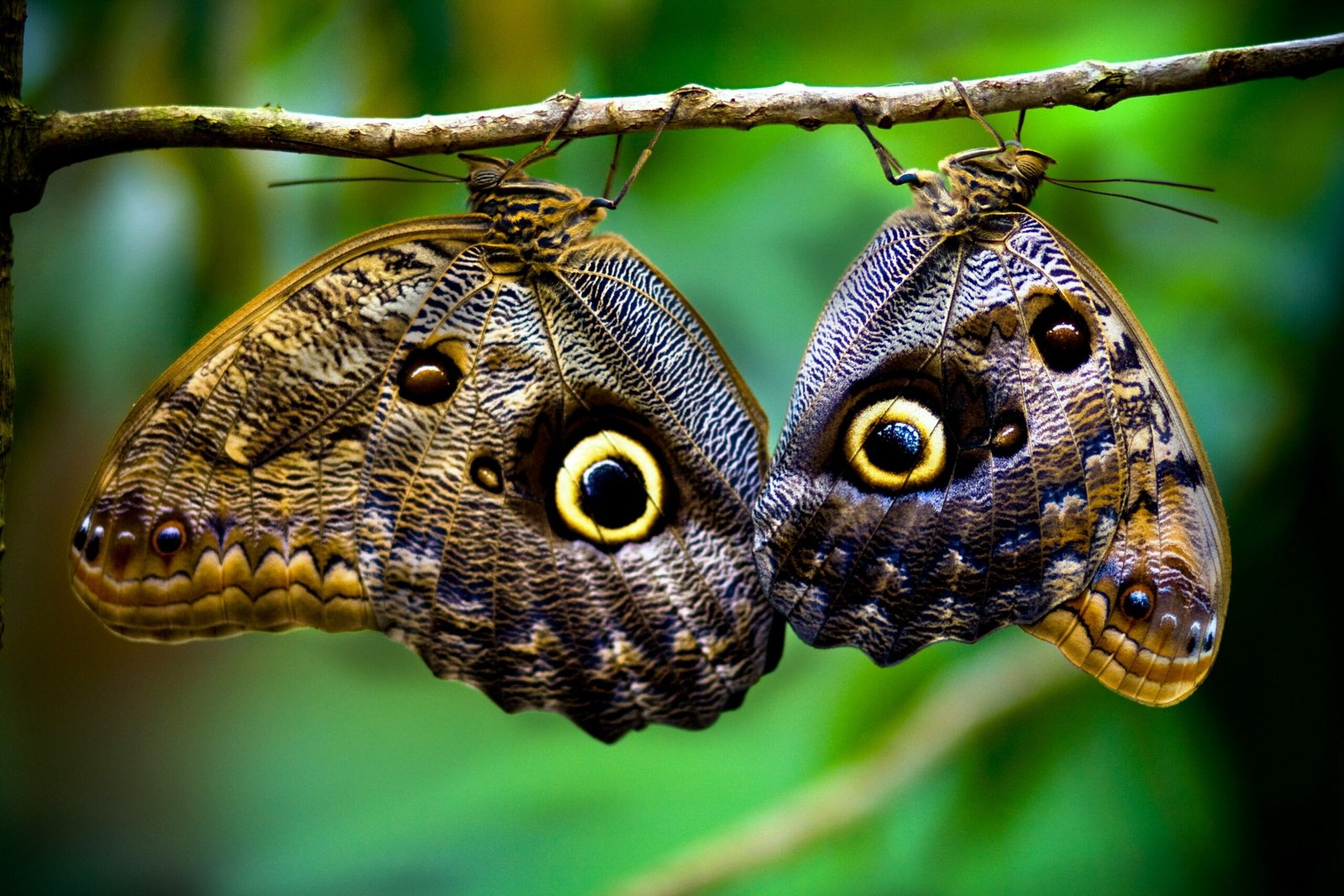
The formation of eyespots is a testament to evolution’s artistic prowess. These markings are typically circular, often with contrasting colors that mimic the iris and pupil of an eye. But how do they form? Through a process known as natural selection, traits that offer survival advantages are passed down through generations. If a butterfly with eyespots successfully evades predators more frequently than one without, that trait becomes more prevalent. Over time, these markings become more pronounced, showcasing evolution’s ability to adapt and innovate.
Butterflies and Moths: Masters of Illusion

When it comes to eyespots, butterflies and moths are among the most skilled illusionists in the animal kingdom. Their wings are adorned with intricate patterns that serve more than just aesthetic purposes. For instance, the owl butterfly boasts large eyespots that resemble the eyes of an owl, a predator feared by many birds. When a bird attempts to attack, the sudden display of these eyespots can startle it into retreat. This clever trick allows the butterfly a chance to flutter away unharmed, a testament to evolution’s ingenious solutions.
Fish and Their Underwater Deceptions
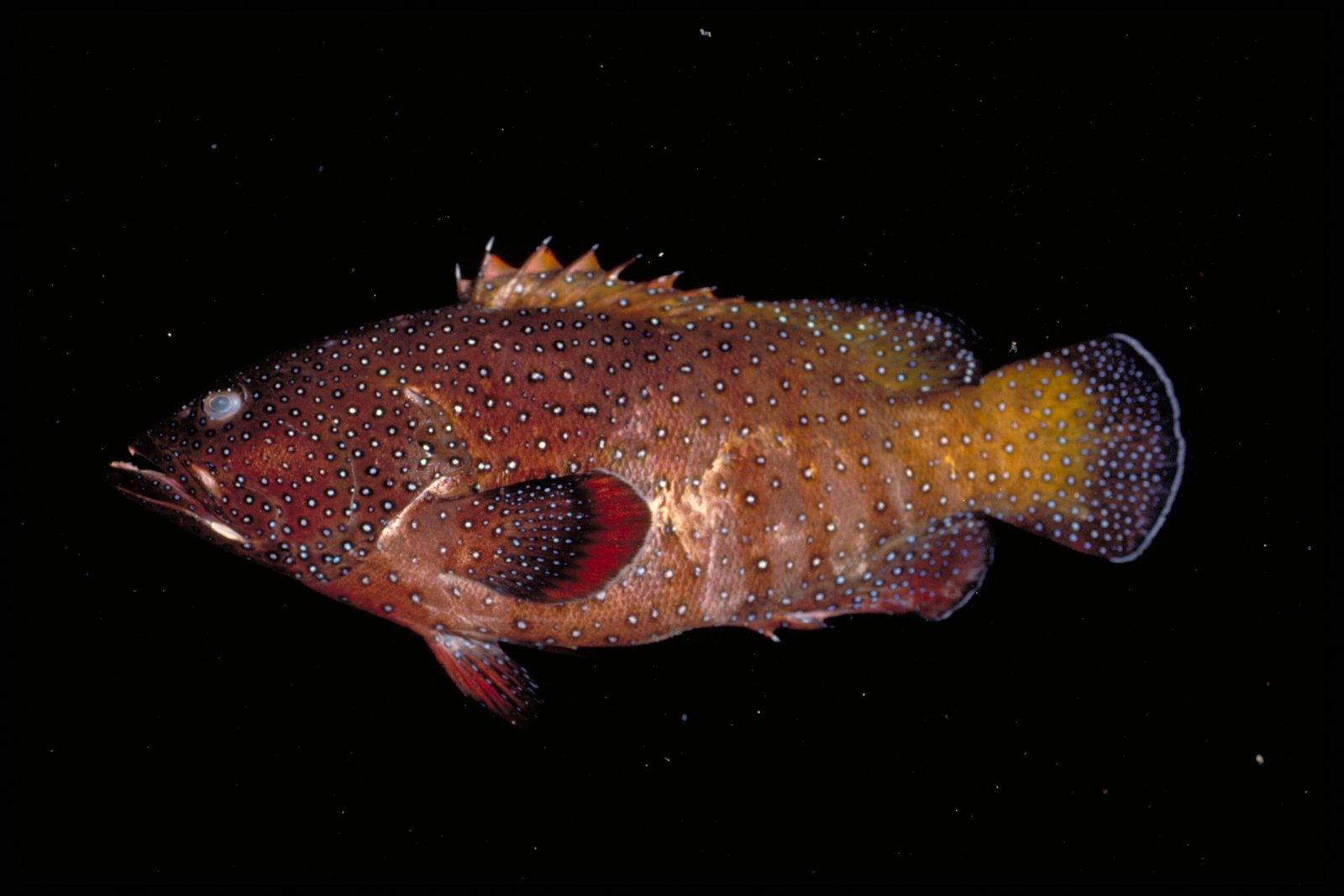
Under the sea, the game of survival is just as fierce. Many fish species have evolved eyespots near their tails, a strategic location that plays into their survival tactics. By mimicking eyes, these spots can confuse predators about the fish’s true head position. This deception can cause a predator to aim for the tail, allowing the fish to dart forward and escape. In the vast and perilous ocean, such adaptations can be the key to a fish’s continued existence, showcasing how evolution tailors solutions to specific environmental challenges.
The Role of Eyespots in Bird Plumage
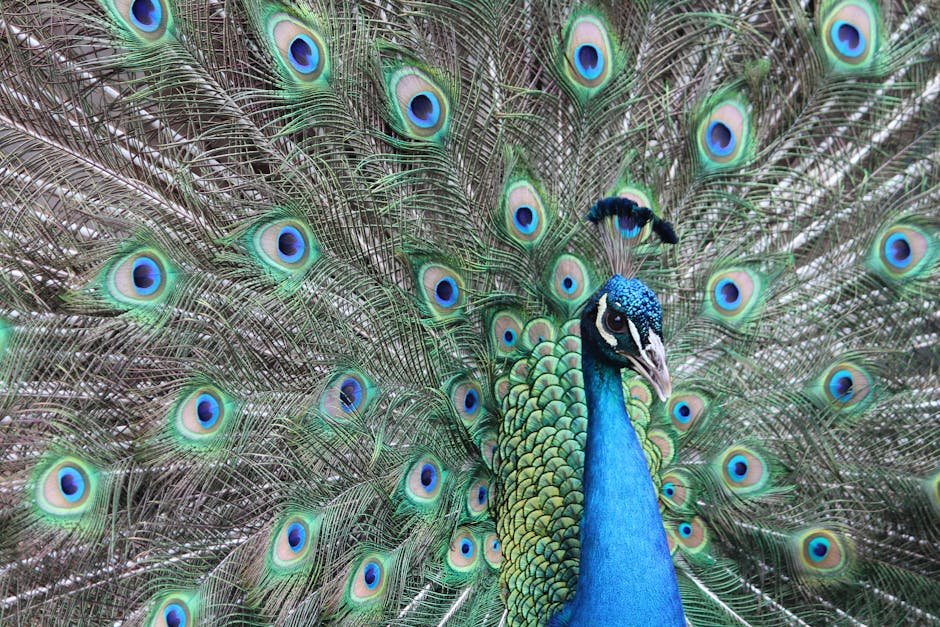
Birds, too, have joined the ranks of creatures sporting eyespots, though their purpose can be slightly different. For some birds, these markings are used in mating displays. The male peacock, for instance, fans out its tail feathers, each adorned with striking eyespots, to attract a mate. In this case, the eyespots serve a dual purpose: they not only intimidate potential threats but also play a crucial role in reproduction. This dual functionality highlights the multifaceted benefits eyespots can offer within the animal kingdom.
Camouflage vs. Deception: A Delicate Balance

While eyespots serve as a form of deception, they must be balanced with the need for camouflage. Too prominent an eyespot can make an animal more visible to predators, while too subtle can render the deception ineffective. Evolution strikes a delicate balance, optimizing the size, color, and placement of these markings. This balance is a fine example of how evolution crafts solutions that cater to multiple survival strategies, ensuring that the creature remains both hidden and capable of startling its foes.
Eyespots and the Theory of Aposematism
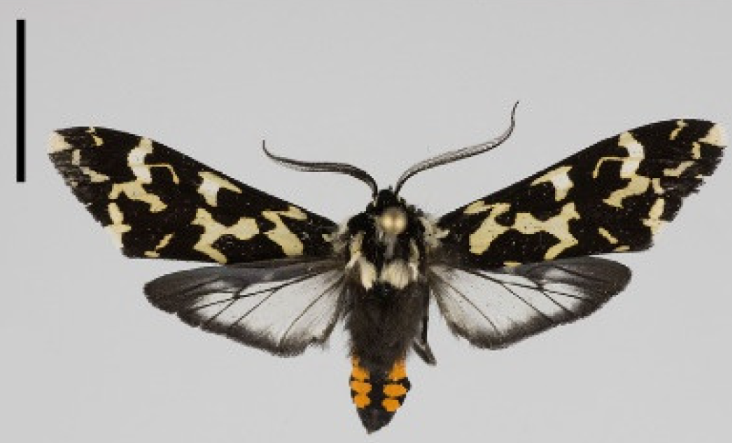
Aposematism is a fascinating theory that explains how certain animals use visual signals to warn predators of their toxicity or danger. Eyespots can be an extension of this theory, serving as warning signals. When predators see these markings, they might associate them with a previous unpleasant encounter and choose to steer clear. This form of visual deterrent is a powerful tool in the survival arsenal, demonstrating the interconnectedness of different evolutionary strategies.
Real-Life Examples: The Power of Eyespots in Action
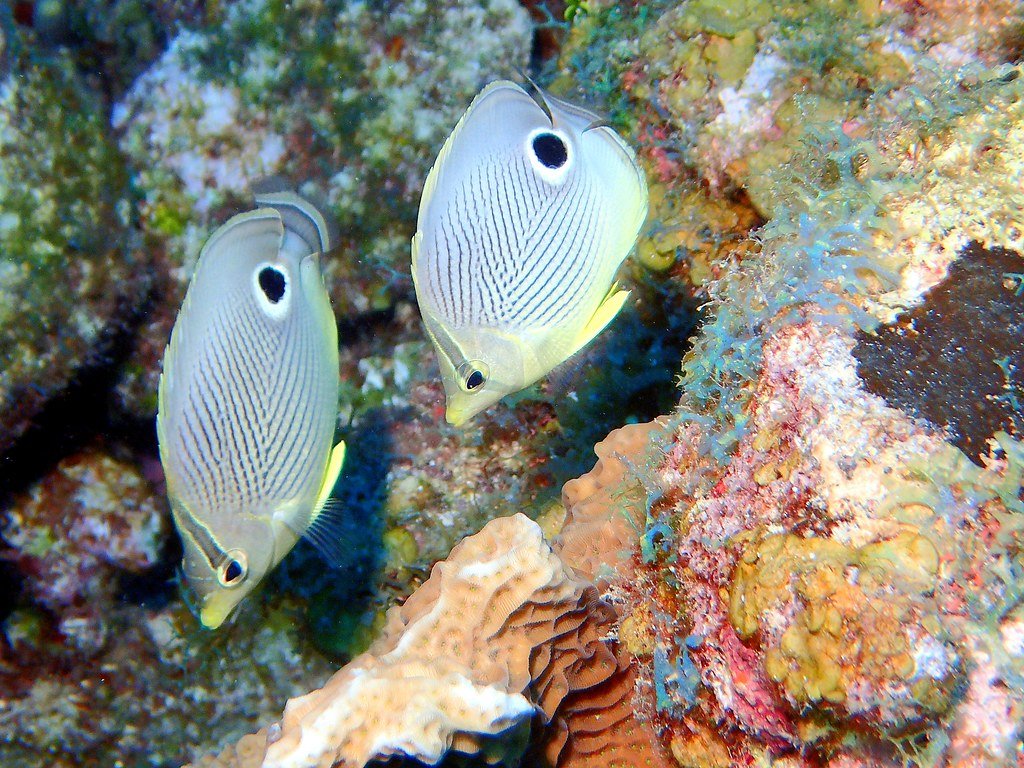
Real-life examples abound, illustrating the power and effectiveness of eyespots. Consider the foureye butterflyfish, which boasts eyespots near its tail to mislead predators. Or the giant swallowtail caterpillar, which has markings that resemble a snake’s head, deterring birds from making it their next meal. These examples are not mere coincidences but are a testament to evolution’s ability to craft solutions that are both simple and effective. Each instance underscores how eyespots can turn the tables on predators, offering prey a vital edge in the ongoing battle for survival.
The Evolutionary Arms Race: Predators vs. Prey
The relationship between predators and prey is a dynamic one, often described as an “evolutionary arms race.” As prey species evolve new defenses, predators, in turn, develop counter-strategies. Eyespots are a prime example of a defense mechanism that has stood the test of time, continually adapted and refined. This ongoing battle shapes the course of evolution, driving both predators and prey to constantly adapt and innovate. It’s a relentless cycle, yet it fuels the incredible diversity and complexity we observe in the natural world today.
The Future of Eyespots in Evolution

The future of eyespots in evolution is as captivating as their past. As environments change and new threats emerge, eyespots may continue to evolve, taking on new forms and functions. They remain a symbol of nature’s ingenuity, a simple yet profound solution to the challenges of survival. This ongoing evolution serves as a reminder of the adaptability and resilience inherent in life, offering a glimpse into the boundless possibilities that lie ahead. Eyespots are more than just markings; they are a testament to the ever-evolving tapestry of life on Earth.




